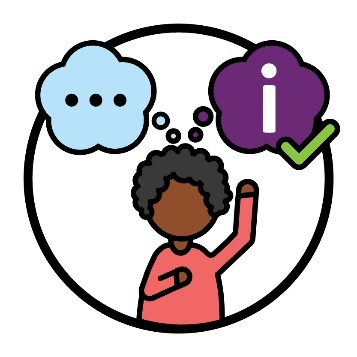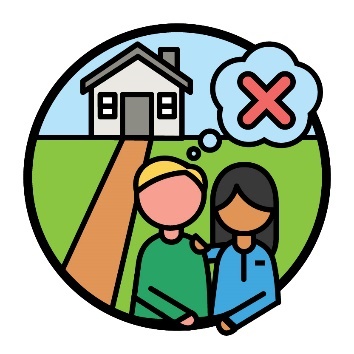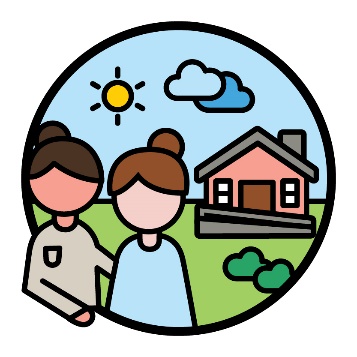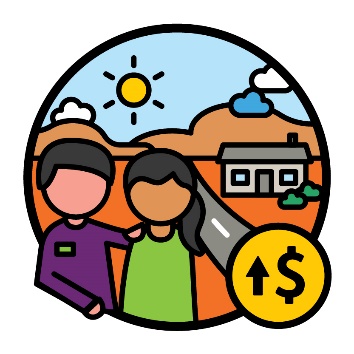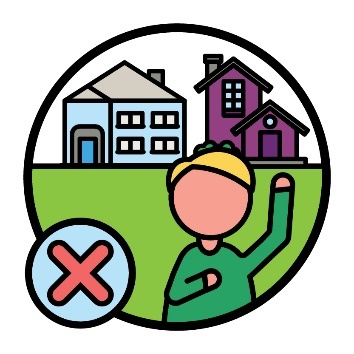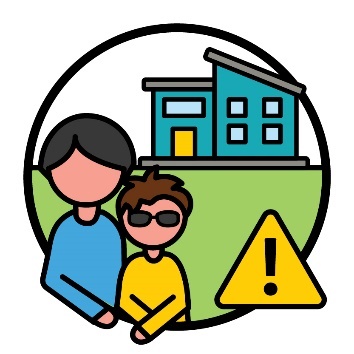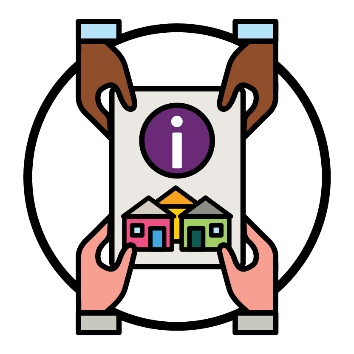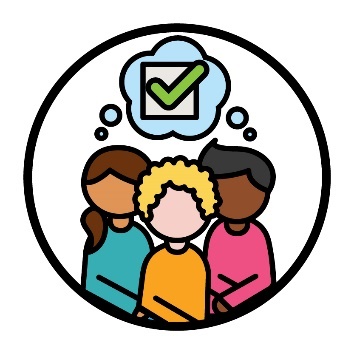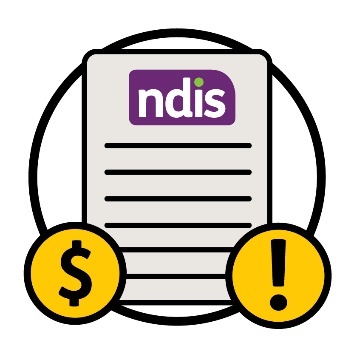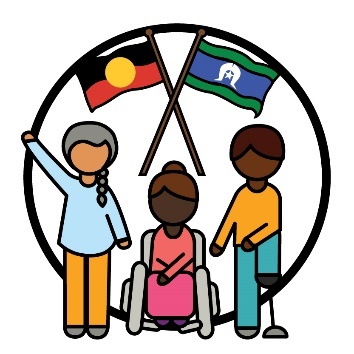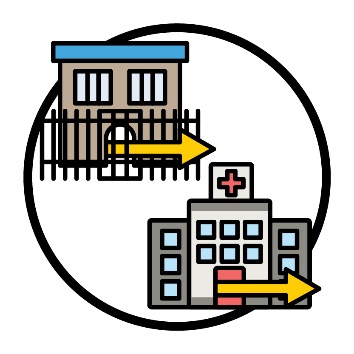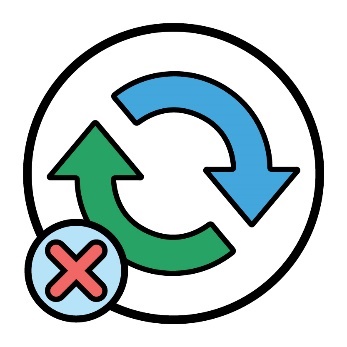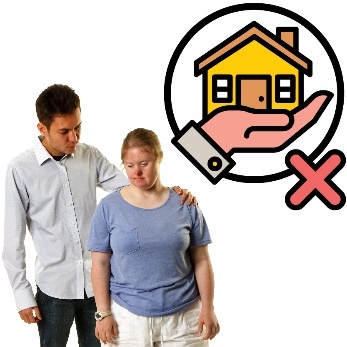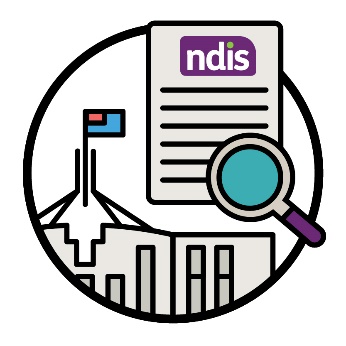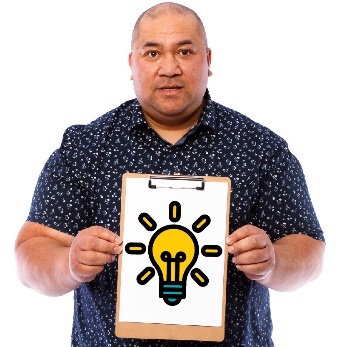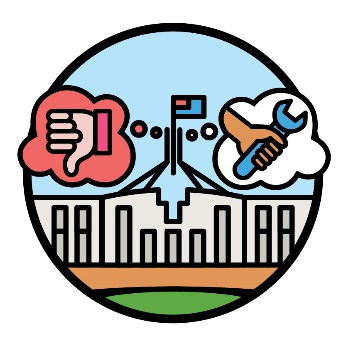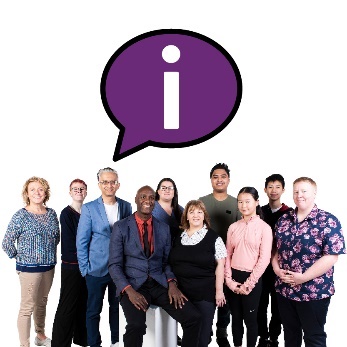Our reports
|
|
The Reference Group connected with the community to find out about issues that affect them. |
|
|
The Reference Group members shared these issues with the NDIA. |
What did the reports talk about?
NDIS plans
|
|
Reference Group members explained that some participants want to live on their own. |
||
|
|
Participants are people with disability who take part in the NDIS. |
||
|
|
Some NDIA planners tell participants they should live with other people with disability. |
||
|
|
An NDIA planner is someone who:
|
||
|
|
Members shared that the NDIA should work more with others when they make decisions about home and living supports. |
||
For example, they should work more with: |
|||
|
|
|
||
|
|
|
||
|
|
Members explained that decisions about home and living supports can take too long. |
||
This can mean some participants have to stay longer in: |
|||
|
|
|
||
|
|
|
||
|
|
Members worry that some home and living supports are not part of the Participant Service Guarantee. |
||
|
|
The Participant Service Guarantee is a guideline for how long the NDIA will take to make a decision. |
||
|
|
This means participants and support workers don’t know how long they will have to wait for a decision about some home and living supports. |
||
|
|
Members explained that some participants have to wait a long time to get funding for home and living supports. |
||
|
|
Funding is the money from your plan that pays for the supports and services you need. |
||
|
|
This includes funding for individualised living options (ILO). ILO is a way of setting up the support you want at home. |
||
|
|
Members shared that the NDIA should make a service that supports people with disability as they use the NDIS. |
||
This service should support people with disability to: |
|||
|
|
|
||
|
|
|
||
|
|
|
||
|
|
This service can support people with disability that affects the way they:
|
||
NDIS services and supports
|
|
Reference Group members shared that some participants find it hard to understand home and living supports. For example, participants who manage their own plan. |
|
|
|
Members also shared that ILO does not always support participants in the ways they need. And it can mean some participants get supported independent living (SIL) that is not right for them. |
|
|
|
SIL is help with day-to-day tasks around your home so you can:
|
|
|
|
Members explained that NDIS supports can cost too much in areas far away from towns and cities. |
|
|
|
Members also explained there is not enough housing for people with psychosocial disability. |
|
|
|
A psychosocial disability affects your mental health. It can affect how you:
|
|
|
|
Members shared that it can be hard for some parents to find good housing for their children with disability. |
|
|
|
Members explained that the NDIA should share information about new types of housing. This will help people think of better ways to provide home and living supports. |
|
|
|
Circles of support are groups of people who:
|
|
|
|
Members shared that funding for circles of support can be important for people who don’t get much support from people in their community. |
|
This includes people who are: |
||
|
|
|
|
|
|
|
|
NDIS providers and the community
|
|
Reference Group members shared that participants and providers should work together to design home and living supports. |
|
|
|
Providers support people with disability by delivering a service. |
|
|
|
Members worry the rules home and living support workers need to follow don’t let them change how they work. |
|
|
|
Members shared some participants and their carers worry they will lose home and living supports. |
|
|
|
They worry they will lose these supports when the NDIS Review shares their ideas. |
|
|
The Australian Government is checking the NDIS to find out what:
They call it the NDIS Review. |
|
|
They also worry about what will change when the Disability Royal Commission shares their ideas. |
|
|
A royal commission is how the government looks into a big problem. It helps us find out what:
|
Members explained that the government should make sure: |
|
|
|
|
and |
|
|
|
|






















